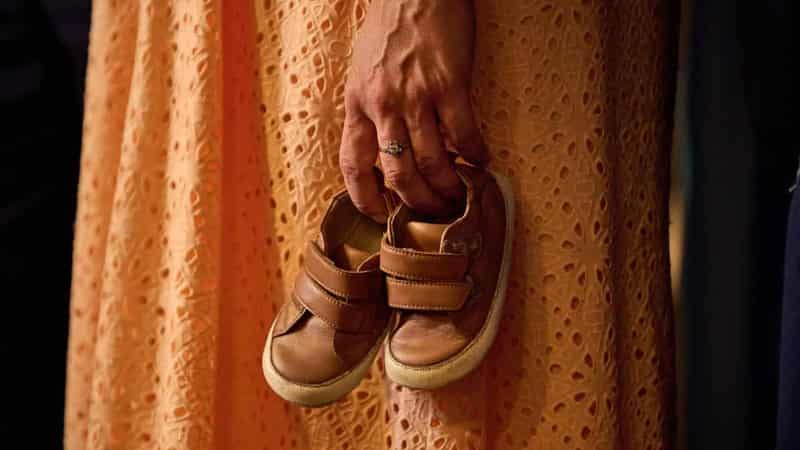Blanching of the Skin: Causes and Treatment
:max_bytes(150000):strip_icc()/GettyImages-1266812470-affa34b1fb50430897800e93186786be.jpg)
Blanching skin is a term used to describe skin that remains white or pale for longer than normal when pressed. This indicates that normal blood flow to a given area does not return promptly.
Skin blanching can help healthcare providers identify certain health conditions. When blanching of the fingers occurs, it could be a sign of a condition called Raynaud’s syndrome, but there are also other reasons why blanching can happen.
This article discusses blanching, what it is, and how healthcare providers use it to diagnose certain conditions.
Reproduced with permission from © DermNet dermnetnz.org 2023.
What Does Blanching of the Skin Look Like?
Skin that blanches has a few characteristics:
- The skin appears white (or not as reddened) when pressure is applied.
- The whitish color that appears when pressure is applied to the skin does not return to normal within a few seconds of removal of the pressure.
- Often the skin appears cooler than normal if blood flow is occluded.
- Bluish discoloration of the skin may be present if blood flow is severely occluded.
- There is numbness or pain in the affected area.
What Are the Causes of Blanching of the Skin?
There are several reasons why blanching occurs, from simple to more complex. These include:
- Obstruction of blood flow to an area of the skin: Chemicals, cold, trauma, radiation, or chronic conditions can impair blood flow.
- Frostbite: A condition caused by exposure to cold external temperatures in which there is a resulting loss of blood flow to the affected area.
- Raynaud’s syndrome: This condition impacts approximately one-third of the people who have lupus (a condition that involves inflammation of the skin). It involves spasmodic constriction of the arteries and subsequent loss of adequate blood flow that usually affects the blood flow at the end of the fingers and toes.
- Bier’s spots: These small, irregular, hypopigmented macules are usually found on the arms and legs.
- Livedo reticularis: A particular kind of skin discoloration, it consists of a reddish-purplish, web-like pattern that forms circles, typically on the legs or arms.
How the Blanching Test Is Performed
A blanching test can be performed without any type of diagnostic tool. A healthcare provider presses the fingertips against the skin, exerting mild pressure for a short period, then quickly withdraws them, to check and see if whitening occurs.
Blanching can be tested by following a few simple steps:
- Press on the skin with your fingertips (select any suspicious areas, such as a red, darkened, or pink area).
- The area should turn white when pressure is applied.
- Remove the pressure from your fingertips.
- Within a few seconds (after your fingertips are removed) the area should return to its original color (indicating that the blood flow to that specific area is good).
What Is Diascopy?
Diascopy is a slightly more advanced technique to check skin blanching (compared to using the fingertips). This method of checking the blood flow to an area of the skin involves several steps, including:
- Placing a piece of clear glass (such as a glass slide for a microscope) or clear plastic against the skin to view whether the skin blanches and fills properly under pressure
- Pressing on the glass with the fingertips and viewing the color of the skin under pressure
- Withdrawing the fingers
- Checking to see if blanching occurs; note that blanching occurs when the area that has pressure placed on it turns whitish-colored but does not return to its original color (such as the surrounding tissue).
Blanching and Darker Skin
Blanching may be harder to see on those with darker skin. Thus, it’s vital to assess other signs that may indicate a lack of proper blood perfusion, such as the temperature and sensation of the skin.
How Is Blanching of the Skin Treated?
The treatment of blanching skin will vary greatly, depending on the underlying cause. Examples of types of treatment for blanching may include:
- Raynaud’s syndrome: Treatment includes keeping hand warmer for winter use, avoiding cigarettes and caffeinated foods and beverages, and taking prescription medications such as nifedipine or amlodipine.
- Frostbite: Mild frostbite can be treated by warming the affected body parts in warm water for about 30 minutes. A warm wet washcloth may be used to treat frostbite of the face.
When to See a Healthcare Provider
There are some circumstances in which blanching of the skin is severe enough that a medical professional should be consulted. Call your healthcare provider when:
- Skin ulcers are visible on the area of the skin that is blanched (particularly when the toes or fingertips are affected).
- You have severe pain and blanching of the skin.
Summary
Blanching of the skin occurs when the skin remains pale for longer than normal after it has been pressed. Healthcare providers use this test to help identify certain skin conditions such as spider veins, frostbite, and Raynaud’s syndrome.
If you have blanching of the skin and the cause has not been identified, it is important to speak to your healthcare provider. Treatment depends on the underlying cause.
link

:max_bytes(150000):strip_icc()/Sherry-Christiansen-660-f8141d5575304eb6a0a8bd88c26e9ee8.jpg)


:max_bytes(150000):strip_icc()/Health-GettyImages-1480167734-3a38d4617ee14cacaaa5a7648f1d3895.jpg)


